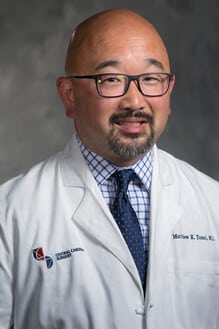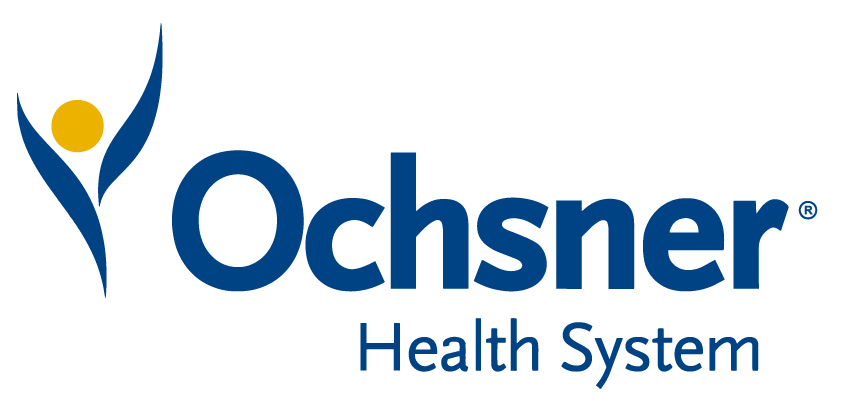

Cone Health, a leading not-for-profit health system in North Carolina, manages over 50,000 surgical cases annually across 73 operating and procedural rooms. Despite this scale, Cone Health faced persistent challenges with inefficient communication methods, limited schedule visibility, and fragmented workflows, which led to delays, cancellations, and underutilization of staff resources.
In this session, Dr. Matthew Tsuei, President of Central Carolina Surgery, A Duke Health Practice; Former Chair iQueue Committee, Cone Health and Rami Karjian, Head of the OR Business at LeanTaaS, will discuss how Cone Health addressed these challenges by adopting a real-time workflow optimization system for surgical scheduling and coordination. This system integrated advanced predictive and prescriptive analytics to enable better resource management, improve communication, and provide full visibility into perioperative operations.
Through this innovative approach, Cone Health realized:
Learning Objectives:






Take the first step towards unlocking capacity, generating ROI, and increasing patient access.
If you work in the healthcare industry, or even if you’re just an interested observer, you don’t need a book to tell you that the financial pressure is on as never before. A perfect storm of circumstances is swirling together, one that will make survivability, not to mention profitability, a greater challenge for healthcare companies than we’ve seen in the modern era.
As with banks, retailers, and airlines, which had to rapidly enhance their brick-and-mortar footprints with robust online business models—it is the early movers eager to gain new efficiencies that will thrive and gain market share. The slow-to-move and the inefficient will end up being consolidated into larger health systems seeking to expand their geographical footprints.
Let’s look at just a few of the looming challenges healthcare must meet head-on.
An aging population
By the year 2030, the number of adults sixty-five years of age or older will exceed the number of children eighteen years or younger in the United States. We are living longer than our parents did. Positive news for sure, but problematic for several reasons.
The older we get, the more medical help we need. Older people have more chronic diseases. By 2025, nearly 50 percent of the population will suffer from one or more chronic diseases that will require ongoing medical intervention. This combination of an aging population and an increase in chronic diseases will create a ballooning demand for healthcare services.